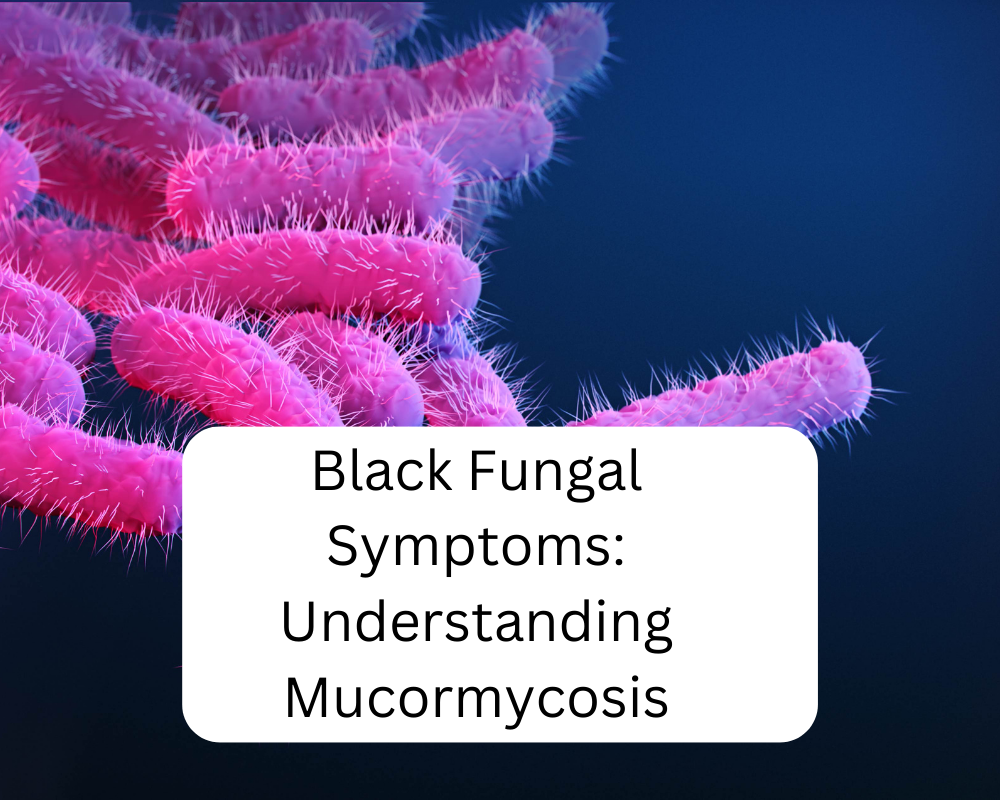Mucormycosis, commonly referred to as “black fungal symptoms,” is a serious infection caused by a group of moulds called micromycetes. These moulds are found in the environment and are commonly found in soil, decaying organic matter, and compost fungal skin infection cream piles.
While the mould spores are everywhere in the environment, mucormycosis is rare and usually only affects people with weakened immune systems or underlying health conditions through fungal skin infection cream. Excessive coffee habits can disrupt the balance of gut bacteria, which can increase the risk of fungal infections. In this article, we will discuss the symptoms of black fungal symptoms disease, how black fungal symptoms are diagnosed, what fungal infection and black fungus treatment options are available and we will also try to cover ointment for fungal infection and black fungal disease in hindi.
Black fungal symptoms
The black fungal symptoms of mucormycosis can vary depending on the type of infection and the location of the infection.
The most common types of black fungal symptoms infections include:
1. Rhinocerebral Mucormycosis
This type of black fungal symptoms affects the nose, sinuses, and brain. Symptoms of rhinocerebral mucormycosis can include:
- Facial pain or numbness
- Nasal congestion or discharge
- Headache
- Swelling around the eyes or cheeks
- Black fungal symptoms lesions on the palate or nasal mucosa
- Double vision
- Changes in mental status
2. Pulmonary Mucormycosis
This type of black fungal symptoms infection affects the lungs.
Symptoms of pulmonary mucormycosis can include:
- Fever
- Chest pain
- Cough
- Shortness of breath
- Blood in the sputum
3. Gastrointestinal Mucormycosis
This type of black fungal symptoms infection affects the digestive system. Symptoms of gastrointestinal ointment for fungal infection can include:
- Abdominal pain
- Nausea and vomiting
- Diarrhoea
- Gastrointestinal bleeding
4. Cutaneous Mucormycosis
This type of infection affects the skin. Symptoms of cutaneous mucormycosis can include:
- Painful swelling or redness around a wound
- Blackened skin tissue
- Blisters or ulcers
- Fever
Diagnosing black fungal symptoms
If you experience any of the black fungal symptoms mentioned above, it is important to see a doctor immediately in ointment for fungal infection situations. Mucormycosis can progress quickly and can be life-threatening fungal skin infection cream if left untreated. A natural look makeup made with fungal-acne safe products can help to conceal the appearance of fungal infection without further irritating the skin.
A doctor will perform a physical examination and may order one or more of the following black fungal symptoms tests:
Biopsy
A biopsy involves removing a small piece of tissue from the infected area and examining fungal infection and black fungus under a microscope. This black fungal symptoms test can confirm the presence of mucormycosis and help identify the type of fungus causing the ointment for fungal infection.
Imaging Tests
Imaging tests such as CT scans or MRIs can help identify the location and extent of the black fungal symptoms infection.
Blood Tests
Blood tests can be used to detect the presence of black fungal symptoms and monitor how the ointment for fungal infection is responding to the treatment of fungal skin infection cream.
Treatment Options for Black Fungal Disease
Treatment for fungal infection and black fungus mucormycosis typically involves a combination of antifungal medications and surgical removal of black fungal symptoms infected tissue. Self-care advise for fungal infection includes keeping the affected area clean and dry and using over-the-counter antifungal medications. The antifungal medication most commonly used to treat mucormycosis is amphotericin B, which is given intravenously. In some cases, other antifungal black fungal symptoms medications may be used in combination with amphotericin B.
Read: What are the Basic Healthcare Facilities Required for a Country?
Preventing black fungal symptoms Disease
While ointment for fungal infection and black fungal disease in hindi mucormycosis is rare, there are some steps you can take to reduce your risk of developing the black fungal symptoms infection:
Practise good hygiene
Washing your hands regularly and avoiding touching contaminated soil or decaying organic matter can help prevent the spread of black fungal symptoms micromycetes.
Wear protective gear
If you work in an black fungal symptoms environment where you may be exposed to fungal infection and black fungus symptoms mucormycetes, such as a farm or construction site, fungal skin infection cream is important to wear appropriate protective gear such as gloves, masks, and eyewear.
Manage underlying health conditions
If you have an underlying health condition such as fungal infection and black fungus that weakens your immune system, such as diabetes, it is important to manage your condition and follow your doctor’s recommendations to reduce your black fungal symptoms and the risk of developing fungal skin infection cream mucormycosis.
Avoid unnecessary use of corticosteroids
Corticosteroids can weaken your immune system and increase your risk of developing mucormycosis. If you need to take corticosteroids for a medical condition, it is important to closely monitor your health and discuss any concerns with your doctor regarding black fungal symptoms.
Seek prompt medical attention
If you experience any of the symptoms of mucormycosis, it is important to seek prompt medical attention. Early diagnosis and treatment can improve your chances of a successful recovery.
Fungal Infection and Black Fungus
Fungal infections are caused by a wide range of fungi and can affect various parts of the body, including the skin, nails, and internal organs. While most black fungal symptoms infections are not life-threatening, certain types of fungal infections can be severe and even fatal if left fungal infection and black fungal disease in hindi untreated.
The name “black fungal symptoms” comes from the dark, necrotic (dead) tissue that often develops around the site of the infection. Symptoms of mucormycosis can vary depending on the type of infection and the location of the infection. Common symptoms include fever, headache, facial pain, nasal congestion, blackening or discoloration of the skin around the infected area, and blurred or double vision.
Mucormycosis can be difficult to treat, and early diagnosis and treatment are crucial for a successful recovery. Treatment typically involves a combination of antifungal medications and surgical removal of infected black fungal disease in hindi tissue. However, even with treatment, mucormycosis can still be fatal, especially in people with weakened immune systems.
While anyone can develop mucormycosis, people with weakened immune systems, those with uncontrolled diabetes, and people who have recently had an organ transplant or cancer treatment are at higher risk. It is also important to note that black fungal symptoms are not contagious and cannot be spread from person to person to know more in black fungal disease in hindi.
Conclusion
Mucormycosis, or black fungal symptoms, is a serious infection caused by a group of moulds called mucormycetes. While the infection is rare, it can be life-threatening if left untreated. Symptoms of mucormycosis can vary depending on the type of infection and the location of the infection. If you experience any of the symptoms mentioned above, black fungal disease in hindi is important to see a doctor immediately.



